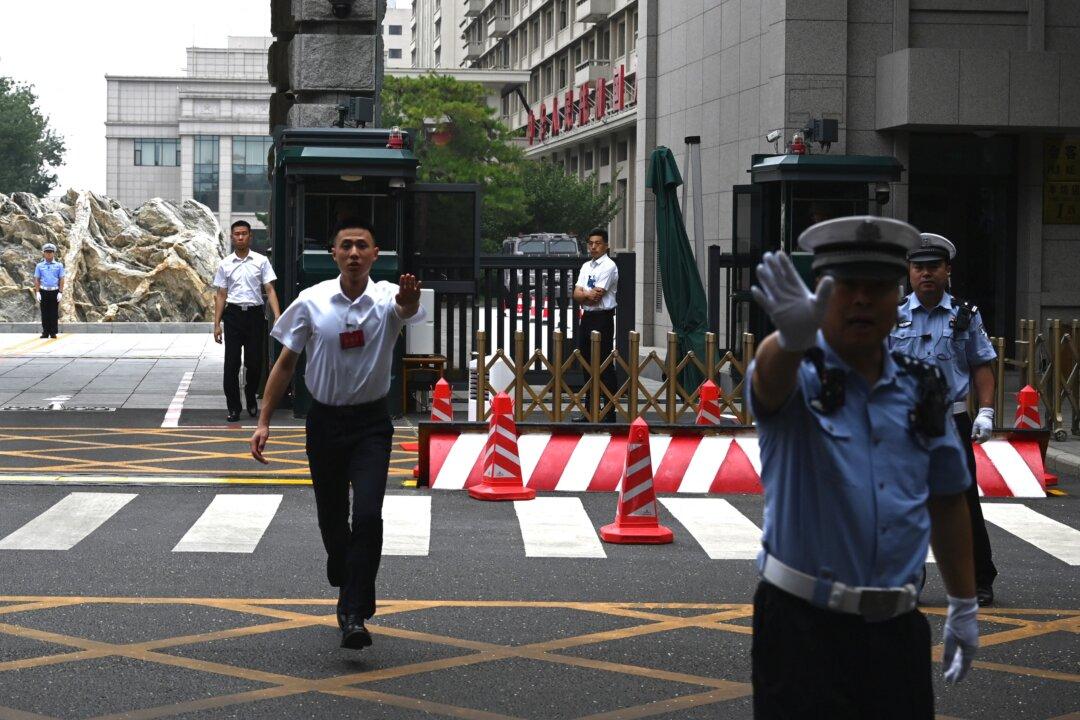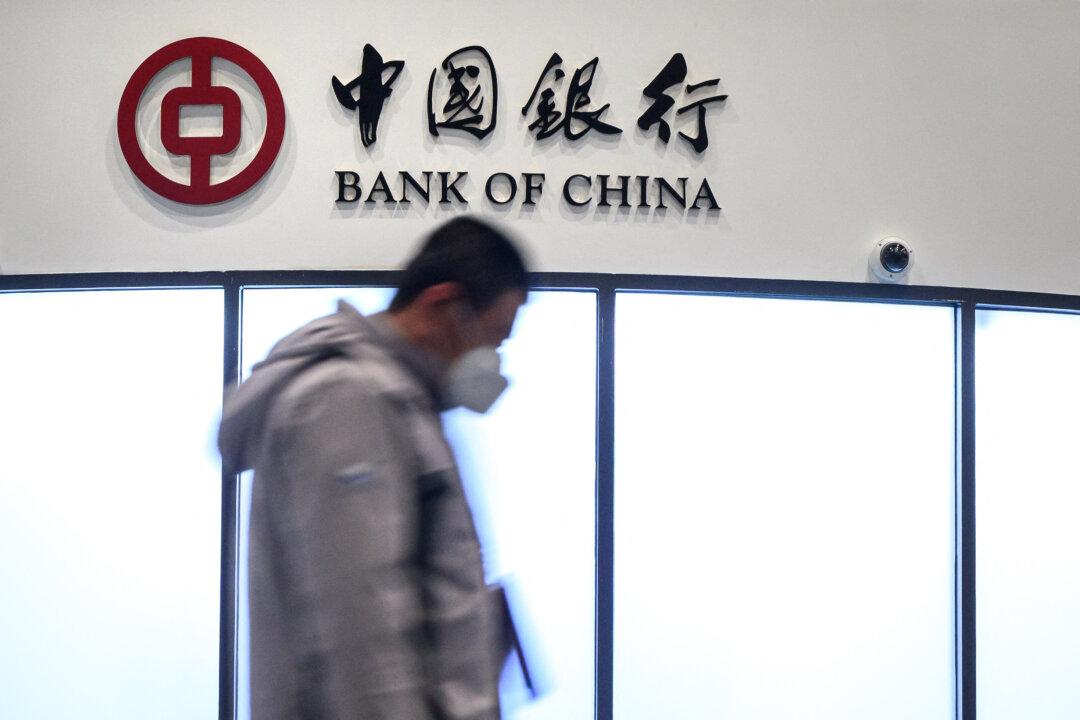Commentary
China’s economy is in shambles.
While it is unlikely to affect Chinese Communist Party leader Xi Jinping’s bid for another term as the regime boss, the world’s No. 2 economy will have an impact on the rest of the world if it crashes and burns.
China’s real estate sector—whose importance cannot be understated in driving the country’s economic ascension over the last two decades—is broken. Many property developers have defaulted. And consumers are pushing back, refusing to pay their mortgages on unfinished housing units and even holding protests in dozens of cities across the country.
Meanwhile, domestic growth is sputtering as the nation continues to enact on-again and off-again CCP virus-related lockdowns. As of the end of August, lockdowns continue to impact Hebei Province, which is just outside of Beijing, and mass testing is continuing in Tianjin. While China has been able to manage its economic output amid lockdowns—using closed-loop systems—its domestic economy and consumer spending levels have been hurt.
Unemployment rates are worrisome as well. The unemployment rate among Chinese urban youths reached an astounding 20 percent while more new graduates are expected to enter the workforce this fall. Chinese technology companies have traditionally been a source of jobs, but last year’s state-led clampdown on tech has left many firms without the capital to expand headcount.
On the other side of the ledger, China is owed around a trillion dollars worth of unpaid loans given to Third World countries as part of the Belt and Road Initiative. Beijing is getting pushback from these countries and may be pressured to forgive some loans.
Retail Weakness
China’s economic woes will affect U.S. and Western multinational companies, especially companies with large retail presence in China. One example is Starbucks, which has thousands of outlets in China and maintains more than one-third market share in the world’s most populous country. Starbucks reported a 40 percent drop in the second quarter in China sales.
Another company negatively impacted is Nike. The shoe and apparel maker has major retail presence in China, and its second-quarter non-GAAP earnings (as measured by EBITDA) fell by 55 percent. Both firms blamed COVID-related lockdowns for their sales and earnings declines.
Other retail giants including Adidas and luxury companies such as Richemont and Burberry also reported sales declines in China.





